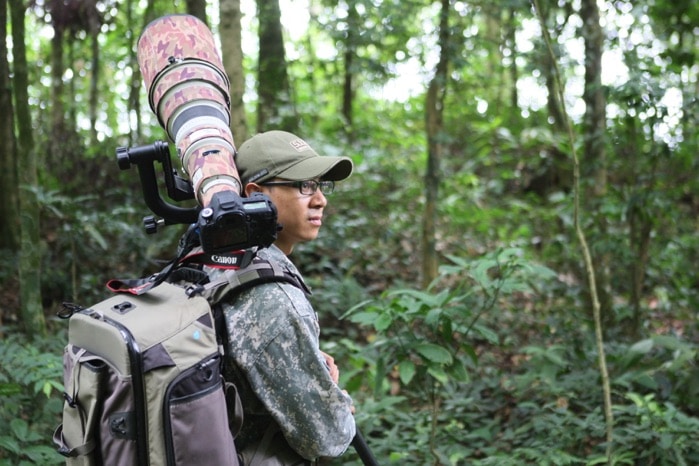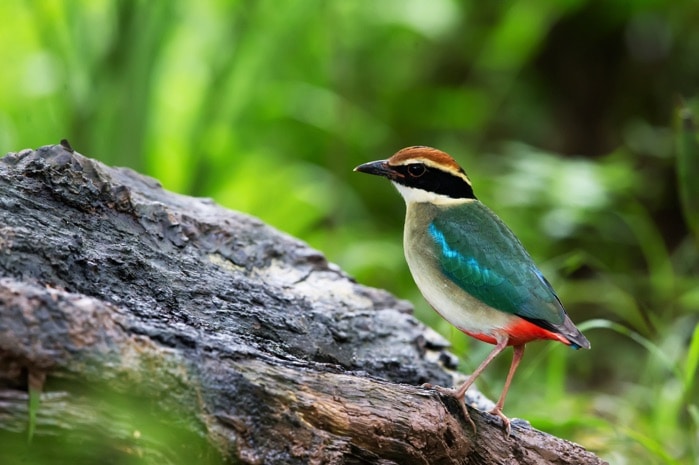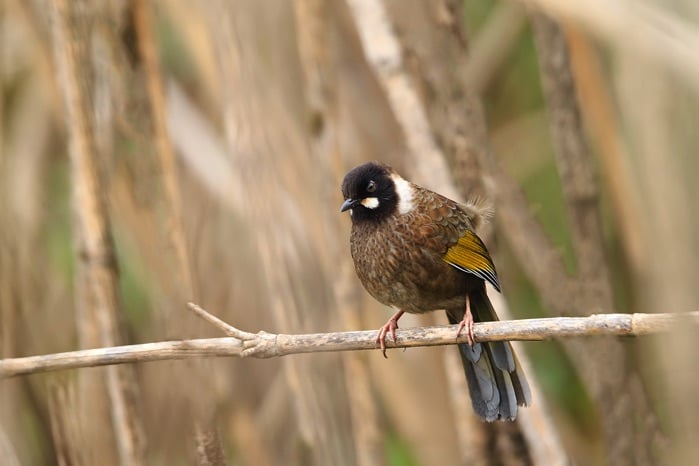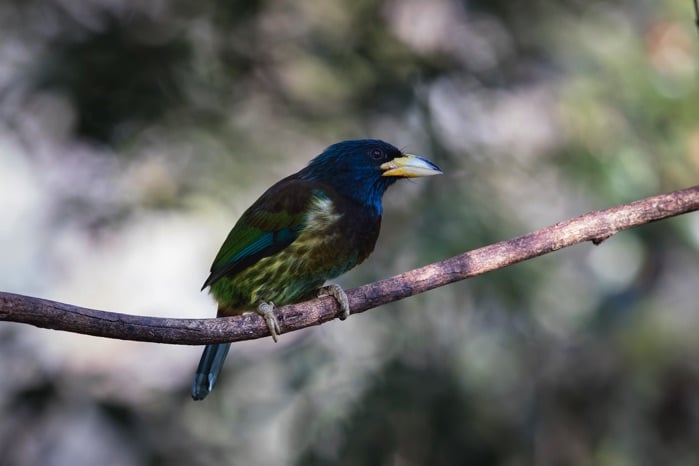Story: Thai A
Photos: Doan Hong, Dinh Hoang Long, Le Viet Tuan Hoang, Thai A
While photography grows increasingly popular, in Vietnam, one photographic genre remains relatively uncommon – that of nature photography. Only a handful of photographers focus on the nation’s rich flora and fauna.

Over 30 years ago, the photographer Doan Hong took a series of photos of Sarus cranes that shook the scientific community and drew the attention of photographers nationwide. Swarms of photographers from throughout Vietnam flocked to Dong Thap, set up camp, and sought to photograph this legendary bird species. This could be considered the start of nature photography in Vietnam – a hobby that devotees insist is a “black hole” since it’s impossible to escape once absorbed.

To capture flying birds and roaming beasts requires specialized equipment and plenty of determination. A lens meant for sports photography won’t work. Photographers must lug heavy and bulky lenses into the wilderness, along with a tripod, binoculars, digital bird sirens, a tent and camouflage nets, etc.

Wild animals are vigilant and easily disturbed. Photographers must tread gently and quietly to avoid scaring the animals, then hide away and camouflage themselves.
To capture cranes dancing under a bright sunset, photographers must hide in leaf-covered tents for days, consuming bottled water and field rations. Similar techniques must be used to photograph other species, but perseverance pays off with great shots and admiration from the photographic community.

Notable wildlife photographers in Vietnam include Mr. Nguyen Truong Sinh, who specializes in Sarus cranes and brown shanked doucs; Mr. Tang A Pau and Mr. Le Viet Tuan Hoang, who specialize in birds; and Doctor Le Khac Quyet, who photographs wild animals. These photographers all prefer wild places to city streets.
Subsets of wildlife photographers focus on insects, birds, reptiles, or primates. These photographs inspire the entire community to lend a hand in environmental protection. Enthusiasts meet to share experiences, revel in their work, and plan new journeys whenever possible.

Because most of Vietnam’s nature photographers have different professional jobs, they can only travel on the weekends. They set off by car on Friday afternoons and arrive in distant forests the following morning. Overnight drives require care and stamina. Physical strength is needed to hike through forests and wade across streams, often carrying 20kg of equipment. However grueling these trips, the photographers are fueled by admiration for Vietnam’s natural beauty and a desire to capture amazing images.
Their works’ photographic values aside, these artists help to promote environmental awareness and inspire people to preserve our natural treasures. For instance, photographers and NGOs have worked together to showcase the breathtaking beauty of Cao Vit doucs on Trung Khanh Mountain, Cao Bang. Everyone hopes these doucs will never disappear from the wilderness in northeastern Vietnam. Passion and social responsibility form the core values driving Vietnam’s nature photographers.










